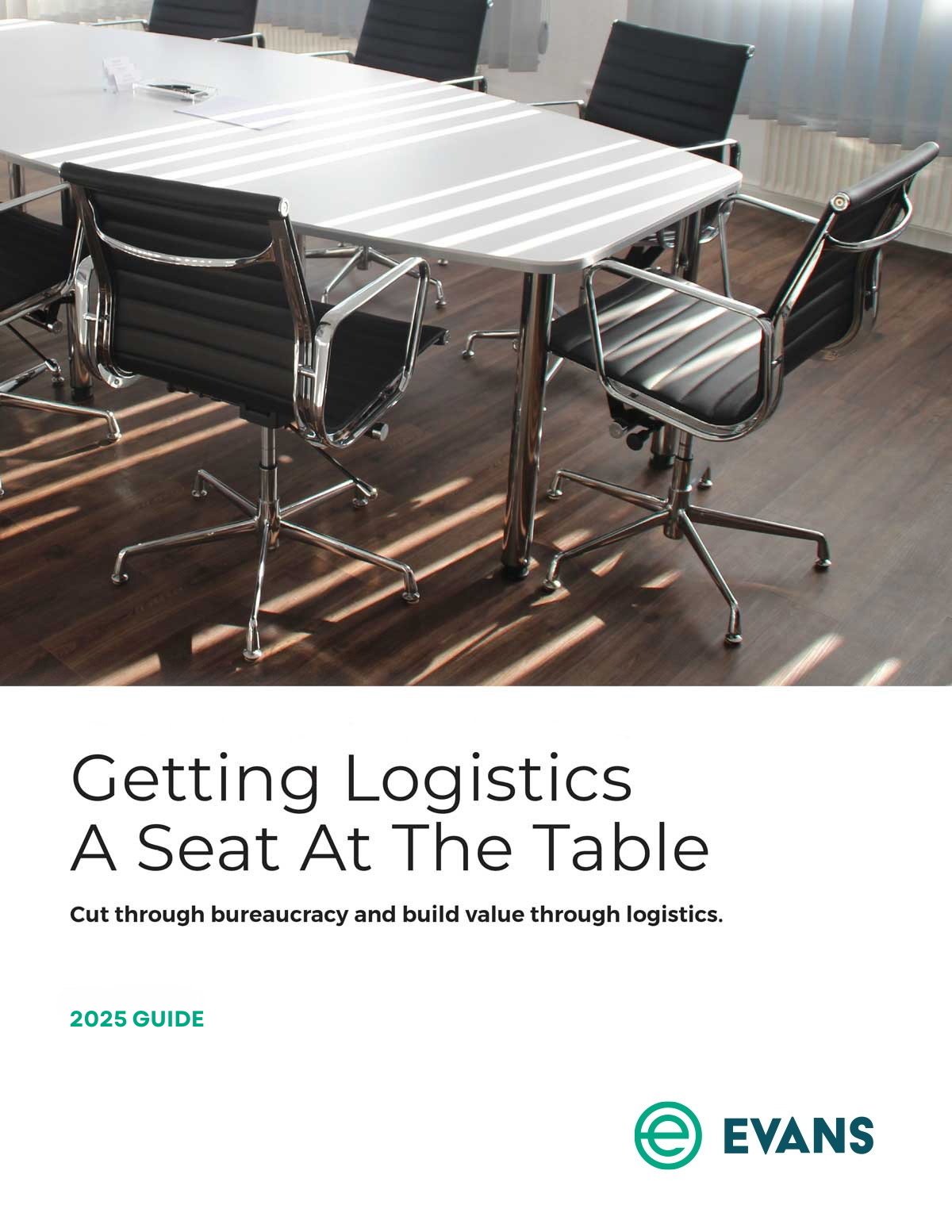Managing expectations in 2025 as a 3PL provider in the supply chain space.
Since the pandemic, the supply chain industry has faced historic challenges and change, and 2025 is shaping up to be no exception. As leaders in the 3PL logistics space, our team has identified key trends, challenges, and opportunities that we – and other industry professionals – must stay ahead of to remain competitive.
Everyone is sharing their predictions and trends in December, but our insights are real and really based on 40 years of success and growth. So while you take others’ pontificating on the state of the industry with a grain of salt, ours is the full shaker and should be taken seriously. Here’s what’s on our radar to navigate the current supply chain environment – and how you can take the lead in the new year.
Cutting Costs and Reducing Complexities
The bottom line – cost. As the industry begins to stabilize itself from the gridlock that was the COVID-19 pandemic, cost continues to be a primary concern for shippers, not just on freight rates, but on operational execution as well. Today, technology and the enhanced usage of multiple integrated partners are becoming a holistic solution to cutting cuts while maintaining performance. This solution is pushing more shippers to operate the mechanics of logistics through third parties instead of a bulky enterprise resource planning (ERP) system, and solely utilizing the ERP to input final results.
From a 3PL perspective related to truckload, we are carrying a disciplined approach to pricing as we anticipate a gradual return to healthier carrier pricing.
In parcel, shippers are working to leverage a competitive carrier market to optimize their carrier and service mix, meanwhile reducing cost and maintaining operational efficiency to continue meeting consumer demands and avoid disruptions. The key to leading in this direction is using data insights to stay on top of final-mile operations, pricing and expenditures.
Nuanced Customer Needs Require Close Partnerships
Traditional logistics are becoming too one-dimensional where we now find clients interested in areas beyond the original scope of work. Customers are looking for 3PL partners that can work with them across modes. Multimodal shippers are looking for visibility and support covering all areas of the operation and spend. In 2025, 3PL providers must aim to be partners to their clients, and focus on enhancing the customer experience.
An opportunity to use AI to best support this exists; AI-enabled enhancements let providers focus on fostering human connection with customers, carriers and partners, and delegating operational, robotic tasks to an AI. The integration of AI in truckload markets – through tools like inbound and outbound calling AI and geographical carrier matching – is set to disrupt traditional operations, enhancing efficiency and reducing costs.
Opportunities in Technology and Innovation
Technology adoption will continue to grow as more tools, features, multi-tool integrations and AI usage expands. The need for integration is far outmatching the speed at which client IT teams are able to catch up, and 3PLs can serve as the support system and partner for clients. Businesses will take advantage of efficiency and visibility by implementing these technologies and their partners will offer more capabilities. In 2025, we anticipate businesses will pull back from what has become a two-day delivery standard as incentives like reduced costs for longer shipping windows become normalized. These shifts provide opportunities for 3PLs to innovate, particularly in middle-mile solutions that support the growing final-mile delivery sector.
Opportunity Outside of the United States
The ocean costs and delays experienced during the pandemic linger in the minds of clients, pushing many to move production to Mexico in order to mitigate this risk in the future. We expect the 2024 activity to and from intra-Mexico to persist into 2025 even with the threat of tariffs on the rise. The opportunity that exists with keeping Mexico operations is bound to provide long-term benefits,serving as an opportunity to invest into the future and for the convenience of our consumers.
Looking into the Future: Leadership as a Well-Oiled Machine
Though the rise of AI implementation is bound to provide benefits to several areas of the business, traditional freight brokerage may see a disruption in 2025 and 2026 as a result of feeling forced to reduce labor significantly to remain profitable. As the number of freight brokers declines, 3PLs should compete in the business by employing the best technology that exists, while remaining focused on developing customer relationships that are aligned with managed transportation, logistics project management, and areas where logistics expertise is required. 3PLs should consistently ask themselves how they can become experts across many modes and solutions to be a trusted resource for customers.
Looking into the future, 3PLs should continue to lead with expertise and offer an abundance of resources and knowledge to shippers. For businesses considering 3PL partnerships, the key is trust, and 3PLs must continue to lead with this at the foundation of every relationship. The 3PL industry is evolving rapidly and should serve as a well-oiled machine to keep partners afloat amidst the chaos and change.
With 40 years of experience navigating the complexities of the supply chain, Evans Transportation has the expertise and resources to optimize your logistics operations and drive your business forward. Contact us today.
Comments
Subscribe to our Blog
© 2025 Evans Transportation Services, Inc. All rights reserved.

